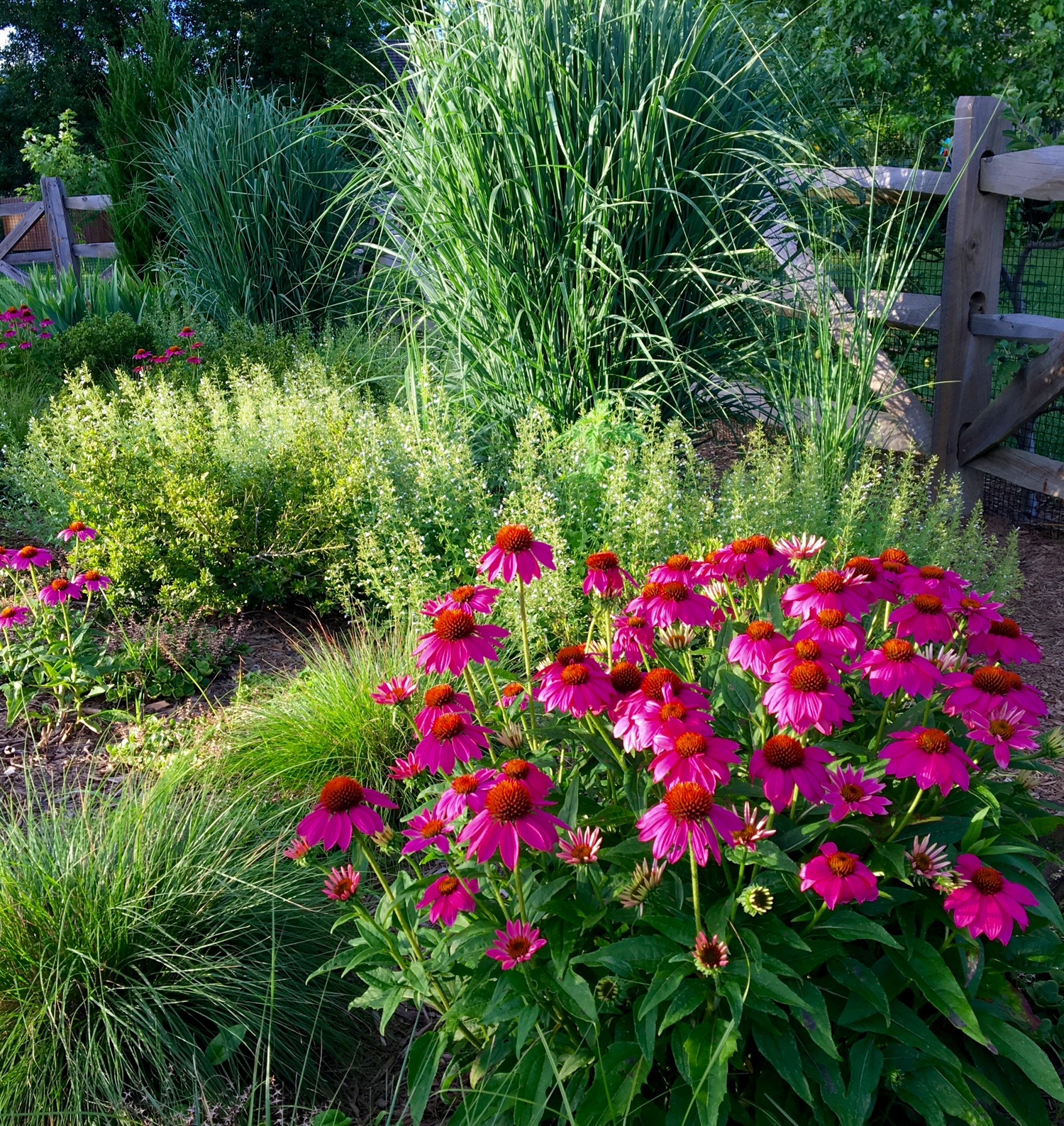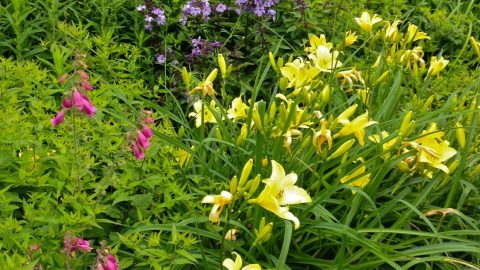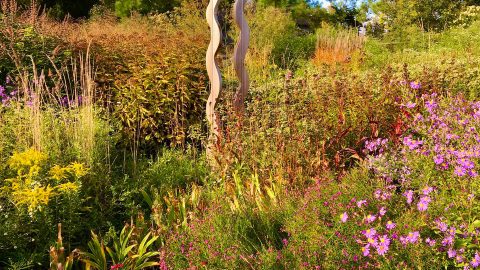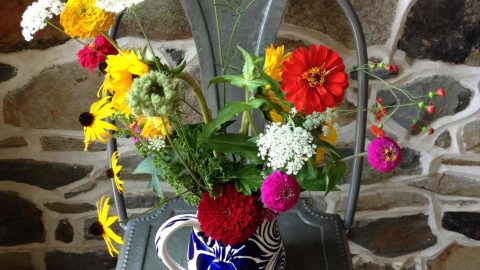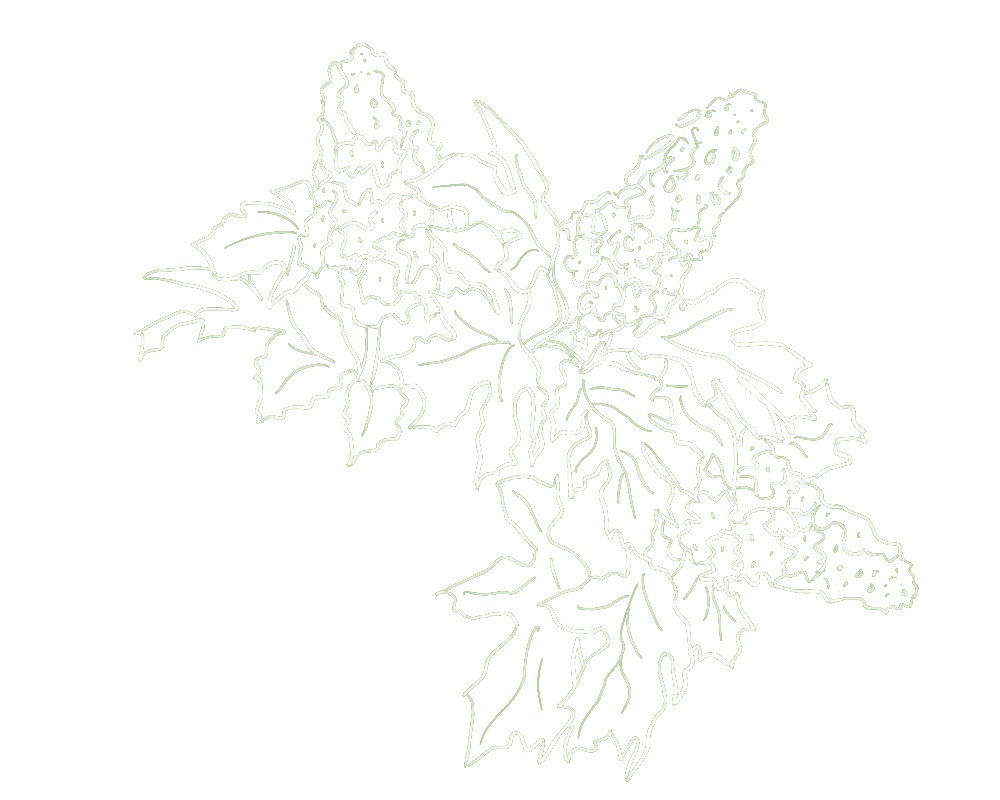In my last post, I talked about a few of the strategies I’ve been using to help me select weather-resilient plants. Under the theory that the more strategies the better when it comes to gardening in challenging weather, here are three more.
Strategy Number 1 is to think more carefully about how severe weather events might impact key plants in the garden. For example, I really wanted a hydrangea next to my front door for bold summer interest. I originally was leaning toward a lovely mophead hydrangea (Hydrangea macrophylla). But late spring freezes can be really hard on mopheads, even the re-blooming varieties. Harsh spring weather might not kill the plants — but they might not flower that year either.
So rather than miss a year of blossoms, I chose instead our beautiful native Hydrangea arborescens (Smooth Hydrangea), which blooms entirely on new wood. It’s reliably been covered in dramatic flowers every summer, no matter what weather hazards we endured the previous winter and spring. I still have mophead hydrangeas — just not in places where I really need a consistent bloom.
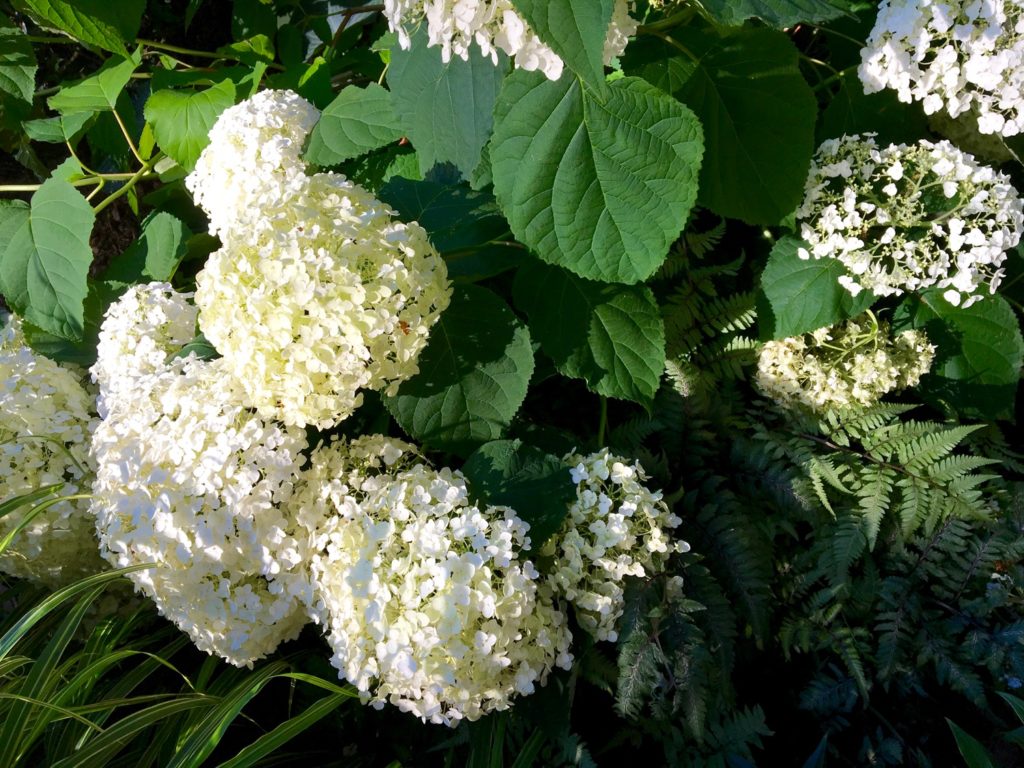
Strategy Number Two is to be more mindful of a plant’s response to water – whether we have too little or too much. For much of last year, we were in a long droughty period. Then came some heavy spring rains that made the ground squishy for weeks. Compared to other parts of the country, we typically get a lot of annual rainfall in the Mid-Atlantic. But it seems harder and harder to predict when that precipitation is going to fall.
It’s not easy to identify plants that can tolerate wild fluctuations not only in temperature but in precipitation too. But it will be increasingly important in our area, I think.
One interesting tip from the British experts is to look for plants that grow naturally on the banks of occasionally flooding streams. These plants have adapted to both periods of very dry conditions and periods of inundation. I’ve found that a good practical guide is to use plants identified as thriving in the uppermost zone of a rain garden. The Panicum (switchgrass), Echinacea (coneflower) and Calamintha (calamint) in the featured image all fit this bill. They’re not actually in a rain garden here. But they’ve handled both very dry and very wet soils over the past few years and still managed to look good.
Finally, last but not least, Strategy Number Three is to tap into research from the folks who trial plants for a living. Even among native plants, not all cultivars are created equal. I love sifting through the reports from the Chicago Botanical Garden or, closer to home, the Mt. Cuba Center in southeastern Pennsylvania to find out which specific plants performed best over a multi-year period in their test beds. Tested plants are judged not only on things like mature size, habit and number of blossoms but also on issues like their ability to handle pests or a cold wet winter.
Like me, the researchers don’t pamper their subjects with lots of fertilizers, pesticides or supplemental water. So if a cultivar I’m interested in can survive the test garden gauntlet, it will likely find a place in my garden too.
Tags: gardening in extreme weather low maintenance gardening low maintenance perennials resilient gardens resilient plants weather resilient gardening

